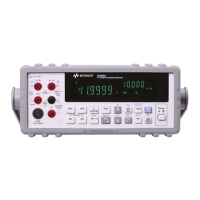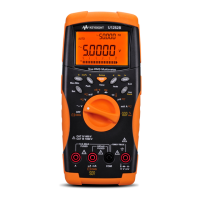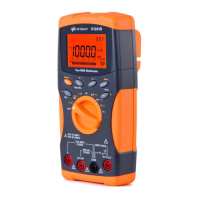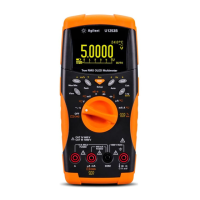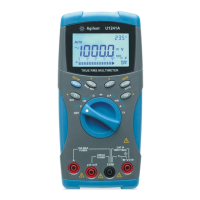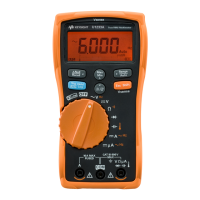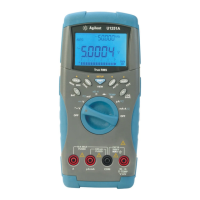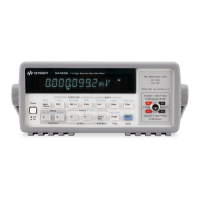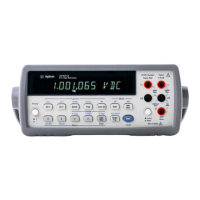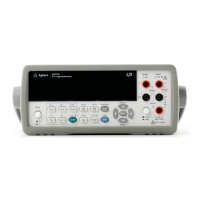Verification and Performance Tests 5
Recommended Test Equipment
U3606A User’s and Service Guide 139
General measurement techniques
A measurement made across the load includes the impedance of the leads
to the load. The impedance of the load leads can easily be several orders
of magnitude greater than the instrument impedance and thus invalidate
the measurement. To avoid mutual coupling effects, each measuring device
must be connected directly to the output terminals by using a separate
pair of leads.
Using an electronic load
Many of the output test verification procedures require the use of a
variable load resistor capable of dissipating the required power. Using a
variable load resistor requires that switches should be used to connect,
disconnect, and short the load resistor. An electronic load however, if
available, can be used in place of a variable load resistor. The electronic
load is considerably easier to use than load resistors. It eliminates the
need for connecting resistors or rheostats in parallel to handle power, it is
much more stable than a carbon- pile load, and it simplifies the work of
switching between load conditions as is required for the load regulation
and load response tests. Substitution of the electronic load requires minor
changes to the test procedures in this chapter.
Connecting the current monitoring resistor
To eliminate the output measurement errors caused by voltage drops in
the leads and connections, connect the current monitoring resistor
between the output terminal and the load as a four terminal device.
Connect the current monitoring leads inside the load- lead connections
directly at the monitoring points on the resistor element.
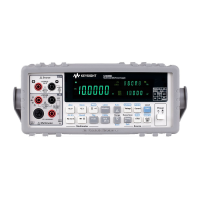
